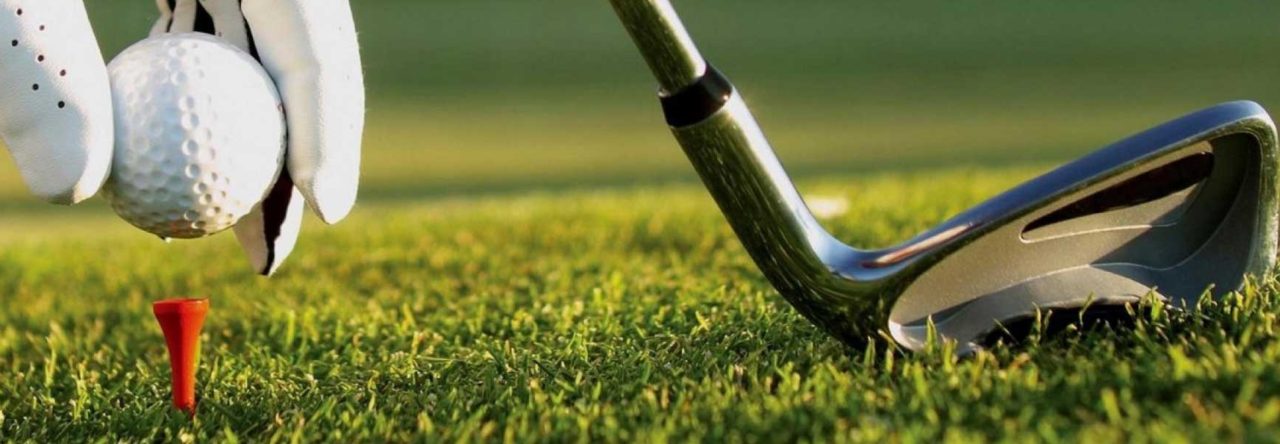We’ve all seen it; a pro golfer flies their approach shot 15-20 feet past the cup only to spin the ball all the way back. While we might only see this on television, in reality, getting backspin on your approach shots is something that any golfer can do with a little technique and some practice.
So, let’s spend today talking about how you can add backspin into your approach game repertoire.
How Does Backspin Even Work?
Backspin has mistified golfers for years by turning very bad shots into nearly perfect ones around the green. So how does this “magic” happen?
In the past, we’ve talked about what causes hooks or slices, however, backspin is a little different.
Where hooks and slices impact your ball’s flight in the air, backspin has to do with what happens to your ball after it lands on the ground. Thankfully, backspin is much easier to understand.
Backspin truly boils down to the spin your swing puts on the ball. After contact is made with the ball, your shot flies through the air spinning backward; in the same way, a basketball shot spins through the air on its way to the hoop.
After your shot lands, this backspin (if it’s powerful enough) will cancel out the balls forward motion and even roll the ball back towards you.
How to Get Backspin on Your Shot
So, with all of the physics behind us, let’s use this basic understanding of golf physics to figure out how we can get backspin on our shots around the green.
Since we just talked about how the backspin from your swing results in backspin when the ball lands, all of our tips will focus on putting the most spin on our approach shot without jeopardizing our distance or accuracy.
Stance
First, let’s talk about the setup. While you would normally stand with the ball in the middle of your stance for an average iron shot, we are going to move the ball back in our stance slightly for this shot.
By moving the ball back in our stance, we force our bodies to take a steeper swing arc during our stroke. This steeper swing arc will result in higher levels of compression on the ball and improved backspin on your shots.
Club Selection
With our stance properly aligned, let’s talk about club selection.
To be most successful spinning the ball back, focus on using the higher lofted clubs in your bag.
Intuitively this should make sense. In order to get backspin, we need to stop the forward movement of the ball and still have some spin left to bring the ball back. By using a lower lofted iron such as a five or six iron we are hitting much flatter, further shots.
This results in more forward momentum and less backspin once the ball lands on the green.
To fix this problem, start practicing with high lofted clubs; I would recommend mastering your backspin with a lob wedge or a sand wedge before you move to 9 or 8 irons.
The Swing
Our final piece of advice for improving your backspin has to do with your swing.
Now, while you absolutely should not be changing your swing dramatically to get more backspin out of your shots, there are a few adjustments you can make to get the most out of your current swing.
First, we need to talk about the angle of your hands. While our setup from above has placed our hands slightly in front of the ball, resist the temptation to amplify this effect my pushing your hands forward, as you would in a bump and run chip.
This can result in a very flat shot which, again, produces too much forward momentum and prevents our shot from spinning back towards the cup once it lands.
Instead, let your hands hang neutral as you normally would. This results in a ‘slightly’ closed clubface from our stance but a very strong grip through contact; something that will translate into higher levels of consistency on your swing and increased levels of spin on the ball.
In addition to neutral hands, focus on placing slightly more weight on your front foot during your setup. This extra weight will help facilitate your weight transfer and ensures that you attack the ball on contact.
One great way to make sure this is happening is to look at the divot your swing leaves after contact. If your divot is in front of the ball’s previous location then you know you properly transferred your weight during the shot.
By doing so, you ensure the club touches the ball before it touches the ground at contact. This will help you put the most spin on your shot while also minimizing errors with your shot’s consistency that can result from hitting the ground first during contact.
What Next?
Now that we’ve laid out information on your stance, club selection, and swing you should be all set to hit the range and try out your newly discovered shot.
While it might not happen overnight, a few weeks of consistent practice and a little bit of experimentation should be all you need to start working on some beautiful, high loft, backspinning shots.
And before you know it, you’ll be attacking the pin just like the pros do on TV.





